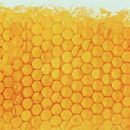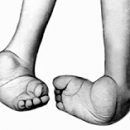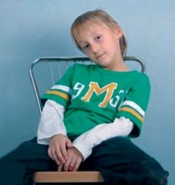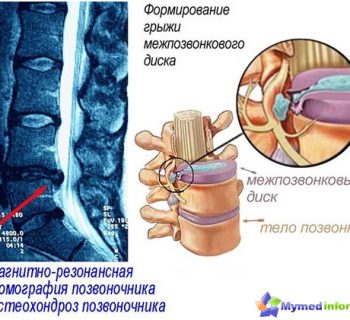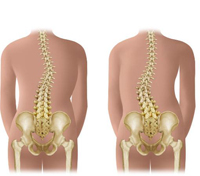Methods used to treat such various diseases such as limb injuries and diabetic foot syndrome studied practitioners of two capitals.
Content
 In early April, 3M master classes were held in Moscow and St. Petersburg for traumatologists, endocrinologists and surgeons devoted to the use of the method of semi-rigid immobilization in the treatment of fractures and diabetic foot syndrome using SCOTCHCAST polymer bandages™ and Softcast™.
In early April, 3M master classes were held in Moscow and St. Petersburg for traumatologists, endocrinologists and surgeons devoted to the use of the method of semi-rigid immobilization in the treatment of fractures and diabetic foot syndrome using SCOTCHCAST polymer bandages™ and Softcast™.
The leading master classes performed Peter Spruit, technical expert of the European Medical Laboratory 3m, specially invited from Holland. Participants in the events were about hundreds of doctors of St. Petersburg and Moscow.
The lecturer explained that the most important reason that should induce the medical community to abandon the use of traditional plaster is that this outdated material fixes the limb too much — much stronger than necessary for fracture healing. Because of this, the swelling of the injured limb remains a long time and the risk of complications, such as osteoporosis, is increasing. Meanwhile, it is a moderate movement, preservation of blood circulation and early activation of the damaged limb lead to a speedy recovery of the patient. Polymer bandages prevent the composition of the backup between the bandage and the skin, which causes pain when driving. In addition, these materials are much more comfortable than plaster: they not only have a smaller weight, but also allow to take water procedures.
«Thanks to the special blending techniques, allowing to control the level of immobilization, only damaged joints can be recorded, leaving free adjacent. For example, when the turn is a turn, the fingers remain free and can move. It stimulates blood flow and leads to a rapid edema reduction», — Told Peter Spruit.
In Russia, the use of polymer bandages is officially recommended by the Ministry of Health so far only in the treatment of diabetic foot syndrome (SDS). Under the SDS it is understood «Infection, ulcer and / or destruction of deep tissues associated with neurological disorders and a decrease in the main blood flow in the arteries of the lower extremities of varying severity» [International Working Group on Diabetic Stop, 2000]. Loading from foot — The most important part of the treatment of this complication. The most effective in the treatment of SDS is recognized by the Total Contact Cast technique. It lies in the imposition of a half-infend of an immobilizing discharge bandage from polymer bandages on a foot and a shin, as a result of which the transfer of a significant part of the patient's weight with the field of foot on the leg muscles is achieved. As part of this method, it is spelled out that the use of Scotchcast materials™ and Softcast™ Companies 3M, who have proven themselves as the most reliable and safe for patients.

